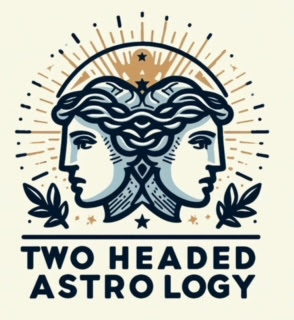The Otane
Otane ©2021
The Otane comes to us from the practice of Santeria, which means "Way of the Saints". Other names for this religion include Lucumi, and Regla de Ocha. Santeria originally developed in 19th century Cuba and became a blend of the Yoruba Religion, Roman Catholicism, and Spiritualism. Although Santeria is an initiatory tradition, it has no central authority but rather is comprised of autonomous groups of people and families. Santeria is complex religion and there is a great deal of information not available to non-initiates so the focus of this article will be on the Otane.
Practitioners worship the Orishas, or Gods. There are several Orishas who have their own colors, foods, rituals, sacrifices, areas of life, rules and traditions associated with them. According to Migene Golzalez Whippler in her book Rituals and Spells of Santeria:
Olodumare- God among the Yoruba - is also known as Olofi ini Santeria. According to one of the legends - patakis - or Santeria. Olofi created the orishas by gathering together a number of flat smooth stones - otanes - and projecting some of his ache into them. From these otanes, filled with Olofi's divine energy, the orishas were born. Olofi then divided all the various forces of nature among the orishas and gave them dominion over emotions and other transcendental powers. This is why santeros believe that the ache of the orishas is concentrated in the stones that represent them. During the initiation or the asiento, when a person "makes the saint" the powers of the orishas are brought down into their respective otanes by means of a special ceremony. Each orisha has a specific number of stones ascribed to him or her. They stones are kept inisde colorful tureens - soperas- in colors of the orisha. These stones are fed periodically with the blood of the sacrifical animals which are sacred to each orishas. The meat of the animals, which is believed to have the blessings and the ache of the orisha, is then cooked and eaten by the santeros.
According to another source, practitioners of Santeria (santeros) believe that the Orishas put an otane on the earth for every person. As a consequence, each individual santeros has their own otane. There are no requirements for what makes an an otane and otane. They can be large or small, round or flat, smooth or rough. It is only necessary that the individual finds it and recognizes its special attraction. The stone then becomes a powerful talisman to assist the practitioner with his or her spells.
As stated above, when not in use the otane is kept in a special soup tureen or other ceramic container along with specific herbs associated with the particular Orisha that the individual serves. Through ritual ceremonies, the otane is occasionally fed the blood of sacrificed animals and then becomes infused with the ache (power) of the Orisha.
Usually I describe my personal experiences with these stone. Therefore since I am neither an initiate nor a practitioner of Santeria, I do not have any first hand experience with the otane. However, did not want to leave this special stone out of this series of articles.
- Carolina Dean
Further Reading:
- Santeria: From Slavery to Slavery, Ken Philpott
- Cuban Santerian Practices
- Things Your Should Know About Santeria, Latino Life


No comments:
Post a Comment